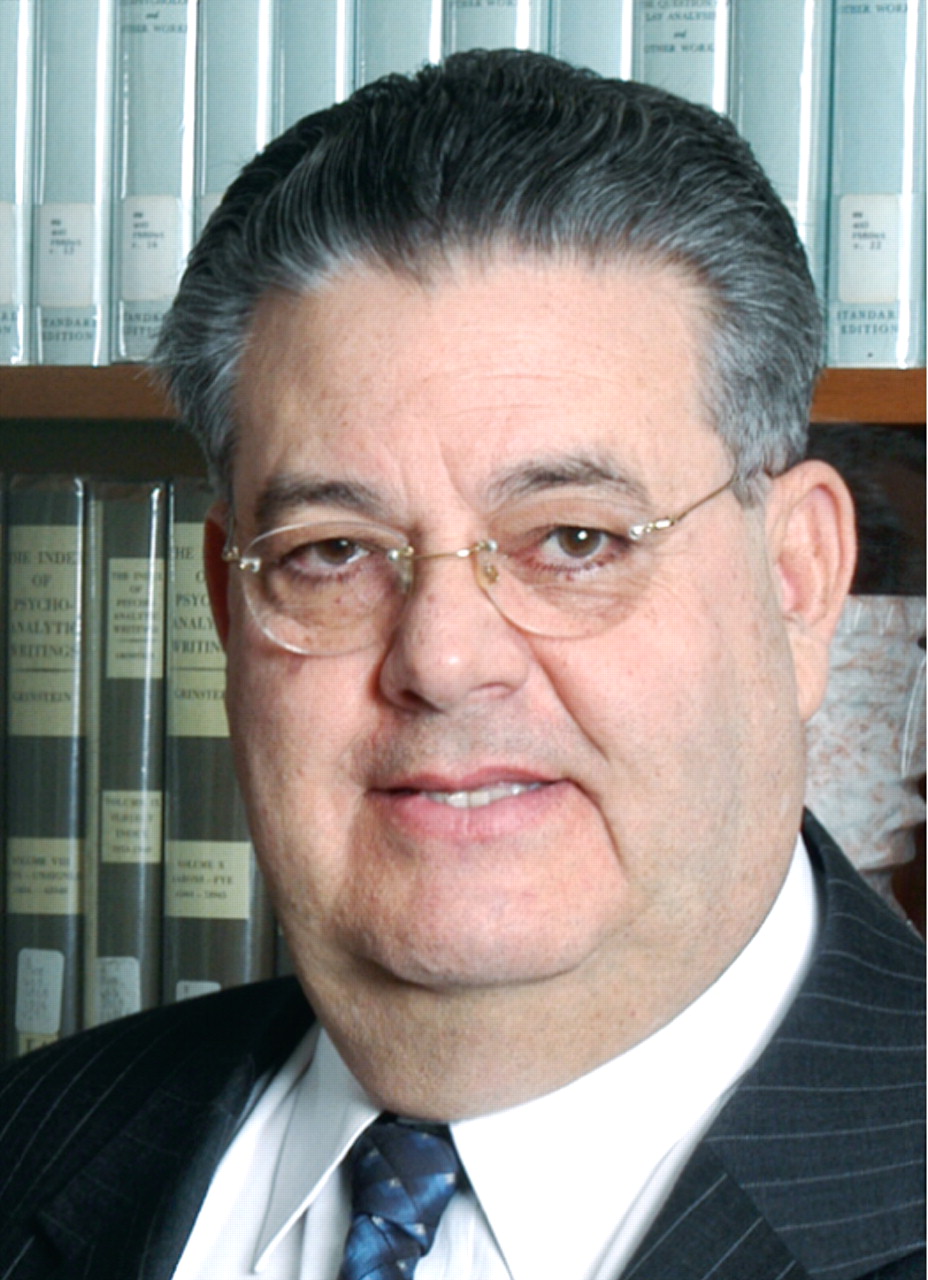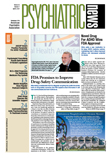In this column I would like to recognize one of the most loyal, enthusiastic, and effective groups within the APA family: the Lifers. The mission that the Lifers have taken on is to support the strategic goals of APA, as well as to meet the particular needs of APA members who have achieved life member, life fellow, or distinguished life fellow status. In other words, the Lifers comprise a large sector of our membership and a sector that has contributed substantially to the well-being of APA over decades.
The Lifers also believe that it is of great value to encourage senior members of APA to be as active as possible in the Association as a way to foster their growth and to contribute their knowledge and expertise to APA.
APA members are automatically enrolled in the Lifers when they achieve life member, life fellow, or distinguished life fellow status.
The Lifers show their dedication and loyalty to APA via their excellent and extensive volunteer service in a multitude of activities. For example, they are active participants in numerous social activities at APA annual meetings and in their district branches. And the Lifers annual business meeting and educational forum during the annual meeting always involve lively interchanges and are of excellent quality. In addition, they volunteer when natural or manmade disasters strike, such as after the 9/11 attacks on New York City and Washington, D.C. Many 9/11 victims were cared for by Lifers, who provided their clinical expertise, life-long experience, and unwavering dedication in this time of crisis.
Another excellent contribution of the Lifers is LifersLine, their newsletter that addresses issues pertinent to senior APA members and to the field of psychiatry at large.
Lifers are also very strong supporters of the American Psychiatric Association Political Action Committee (APAPAC). Their significant financial contributions to APAPAC are important in helping APA achieve its objectives in the political arena on behalf of psychiatric patients and the profession itself.
Another major contribution of the Lifers comes through its members' involvement in the American Psychiatric Association Alliance, particularly during the alliance's APA annual meeting events. Additionally, the Lifers' presence in APA Assembly activities via the Lifers Caucus ensures that the Assembly hears the voices of these experienced and knowledgeable psychiatrists. In fact, I have been told that Lifers account for about 15 percent of the APA Assembly membership.
The list of the current Lifers leaders clearly demonstrates the depth, experience, and expertise of this group. Dr. Edward Hanin, Dr. Raphael Good, Dr. Abram Hostetter, Dr. Gerald Flamm, Dr. Philip Margolis, Dr. Captane Thompson, Dr. Sheila Hafter Gray, Dr. Irvin Cohen, Dr. Maria Lymberis, Dr. Leah Dickstein, Dr. Barton Blinder, Dr. Robert McDevitt Sr., Dr. Marcia Goin, Dr. Prakash Desai, and Dr. Richard Thurrell are among the long-time leaders in psychiatry who continue to make significant contributions to APA through this vital organization.
Most Lifers also seek to be active in APA components and thus offer their unique wisdom and expertise to the APA councils, committees, and task forces on which they serve. Their involvement in and support of APA activities are especially crucial in the Association's membership recruitment and retention efforts.
As longevity continues to increase in the United States, so the number of Lifers also continues to expand, with a potential number of 7,000 members or more in the future.
Finally, I want to underscore the fact that many Lifers helped me to advance and grow during the more than four decades in which I have been an APA member. Many of them also helped me become APA president. Their mentorship, guidance, counsel, and support is, and will always be, greatly appreciated.
The Lifers' image and presence in APA are crucial for future generations of APA members. It is therefore obvious that we should all recognize their past, present, and future contributions to APA, the profession, and the field at large. Once more, many thanks for your contributions, your dedication, and your loyalty to APA. ▪

